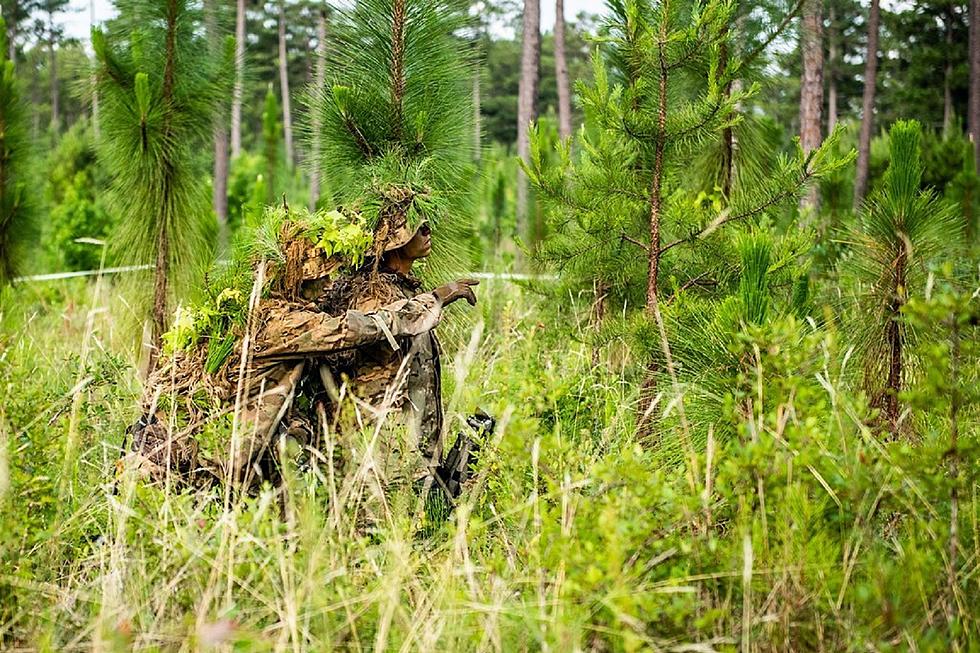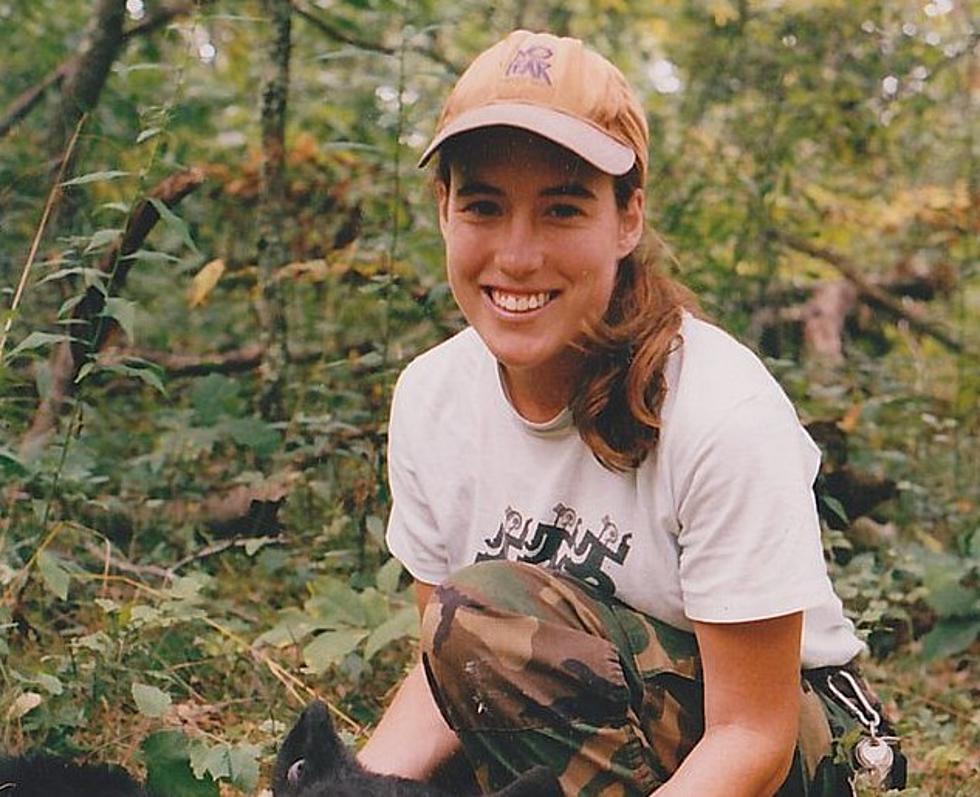
MSU’s Kendall Edmo Awarded NSF Fellowship for Blackfeet Cultural Landscape Preservation
BOZEMAN — “Mistakis,” the Blackfeet name for the Rocky Mountains, translates to “backbone of the world.” The mountains are culturally significant to the Blackfeet, appearing in stories and ceremonies as well as the language.
“Our relationship goes back thousands of years,” said Montana State University graduate student Kendall Rae Edmo, a member of the Blackfeet Nation who was born and raised on the Blackfeet Indian Reservation in northwestern Montana.
Edmo, who is pursuing a master’s degree in the Department of Earth Sciences in the College of Letters and Science, has received the National Science Foundation’s Graduate Research Fellowship, one of the nation’s most comprehensive and prestigious graduate research awards.
She will use the fellowship to research a high-elevation bison drive line on the Rocky Mountain Front, where the mountains meet the plains. Blackfeet bison hunters constructed these complex drive line systems, using rock cairns to funnel the animals toward cliffs, steep embankments and bogs.
“The overarching question is how have people been using high-elevation sites in the western U.S. for thousands of years and how did their use of landscapes in the West change in response to extreme climate events like intense droughts and wet periods” said Dave McWethy, Edmo’s advisor and an assistant research professor in Earth sciences who studies these sorts of changes in the Paleoecology Lab. “Every year we’re finding more and more evidence that people were using areas that have been demarcated ‘wilderness areas’ much more than previously thought, so this conception that wilderness areas were devoid of human presence is inaccurate. This misconception ignores the importance of these areas to tribal communities.”
Edmo hopes to understand the stories the land itself can tell of past generations through a project incorporating archeology, paleoecology, geographic information systems and cultural landscape preservation.
“Blackfeet cultural heritage is part of the landscape and I hope my interdisciplinary research approach captures that,” Edmo said.
Edmo took on environmental studies at the University of Montana for her undergraduate degree and often acts as a tribal liaison when conservation groups propose projects on the Blackfeet Reservation, ensuring the right stakeholders are involved and the work is done thoughtfully and respectfully. About five years ago, that experience landed her a position with the Blackfeet Tribal Historic Preservation Office.
“What started as conservation focused on ecosystems quickly evolved into cultural landscape preservation,” Edmo said.
Edmo learned how to survey and document cultural, historical and archeological sites on the reservation. The preservation office’s partnership with the Bureau of Indian Affairs and University of Arizona archeologists and doctoral students gave her access to field techniques and geographic information systems to organize data. And earning her drone license allowed her to document significant sites from above. Her time surveying sites across Blackfeet tribal lands illuminated a need to dig deeper into the history of the people through land use.
“I’m fortunate to be able to go out into the field every summer with my supervisors,” Edmo said. “They continue to teach me Blackfoot history and traditional culture, and it's these experiences that strengthen my connection to the place I call home.”
After a 10-year break from academia, Edmo saw a need to continue her education, to make an impact in the preservation office and in her community. Returning to school was intimidating, but she was supported by the Sloan Indigenous Graduate Partnership and her colleagues at the Blackfeet Tribal Historic Preservation office. She still works part time for the office, where she manages a geographic database for cultural resources.
“If I didn’t take that break, I wouldn’t be on this path,” Edmo said. “And I don’t think I would’ve stepped into this field and found work that is meaningful to me.”
Edmo’s experience in the tribe’s preservation office also places her in a unique position to be able to communicate discoveries that come from her work.
“Her previous experience working with THPO and the Blackfeet community has laid the groundwork for her to directly communicate the relevance of her discoveries,” McWethy said. “When her results and discoveries come to fruition, she’s going to be able to pass them on directly to all levels of her community.”
Though Edmo expects to graduate with her master’s degree in 2022, the Graduate Research Fellowship will provide three years of funding for her research. Now, she is contemplating continuing on to earn a doctorate.
“I hope to bring an Indigenous lens to my research, and gain a deeper understanding of the cultural landscape and ways to manage and protect it for future generations,” Edmo said.
Edmo is one of three current MSU graduate students to receive NSF Graduate Research Fellowships this year, along with Cayley Faurot-Daniels and Cailin Casey. Three MSU alumni — Leidy Hooker, Miles Maxcer and RyeAnne Ricker — also received fellowships.
- By Rachel Hergett, MSU News Service -
More From KSEN AM 1150









